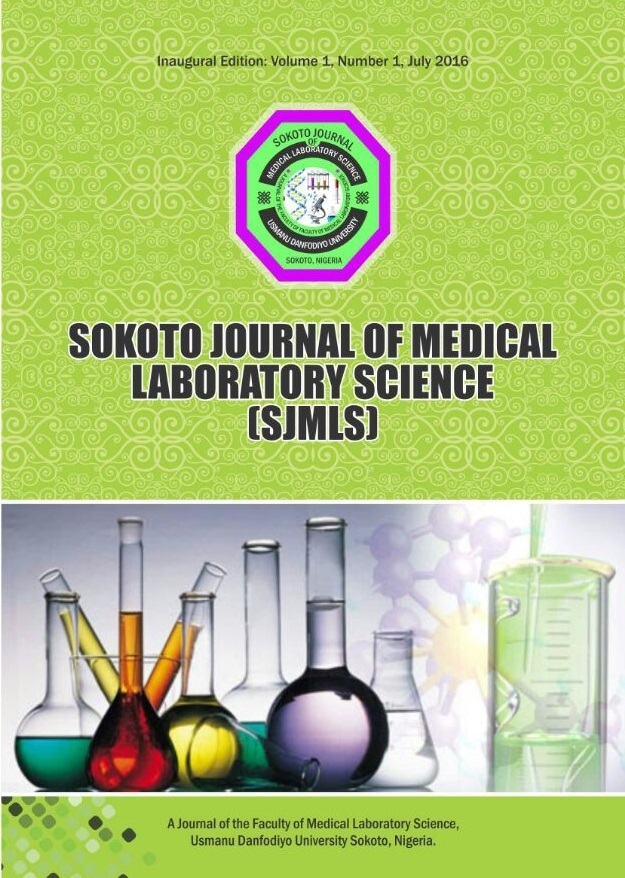Predictors of Cardiovascular Disease Risk and Atherogenic Indices of HIV Seropositives on Highly Active Antiretrovirals in Western Nigeria
Keywords:
Cardiovascular Disease, Atherogenic Indices, HIV, Highly Active Antiretrovirals, NigeriaAbstract
Cardiovascular risk factors places HIV-infected patients at increased risk for cardiovascular diseases (CVDs) due to complex interactions between traditional CVD risk factors, antiretroviral therapy (ART) and HIV infection itself. The report of the 2012 National Reproductive Health Survey Plus indicated that the prevalence of HIV/AIDS in Nigeria is about 3.4% while Ondo State had a prevalence of 4.3%. In this study, we evaluated the CD4+ cell count, atherogenic indices and risk score of adult HIV seropositives on HAART. HAART-naive and HIV seronegative individuals were monitored as controls. CD4+ cell count of adult HIV seropositive subjects on HAART, HAART- naïve and seronegative controls were determined using flow cytometry while their atherogenic indices and Framingham risk score were extrapolated from serum lipids and lipoproteins. All data were expressed as mean ± standard deviation and analysed with analysis of variance while multiple comparisons were done using Post- Hoc test. The mean serum cardiac risk ratio (CRR), atherogenic index of plasma (AIP), atherogenic coefficient (AC) and Framingham Risk Score (FRS) were significantly increased in the HAART group as compared with those of HAART-naïve and HIV sero-negative controls. HIV in itself may have an effect on the metabolism of lipids and lipoproteins, with ultimate effect on the atherogenic indices and risk score. This is probably worsened by antiretroviral therapy as the increased levels of these indices were mainly seen in the HAART group, constituting a major risk for cardiovascular diseases.




